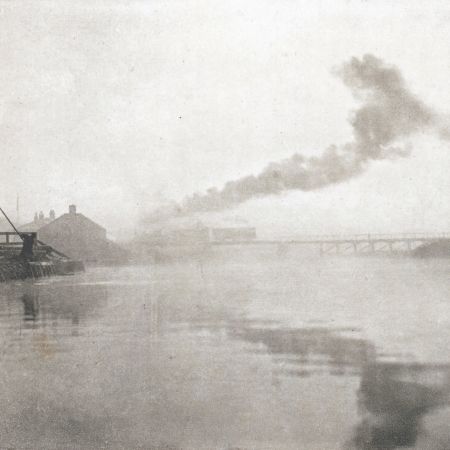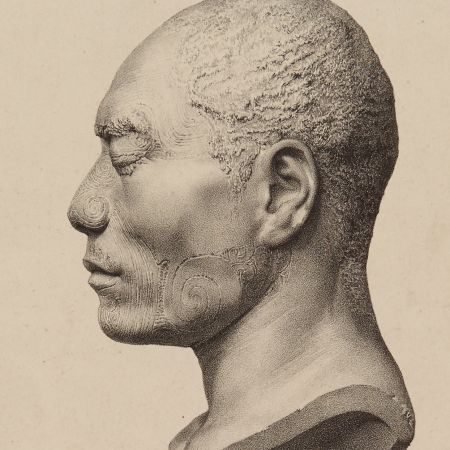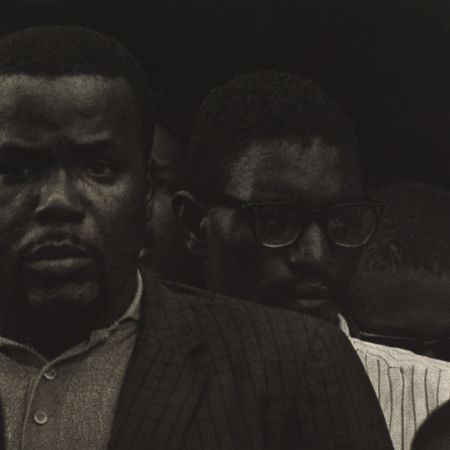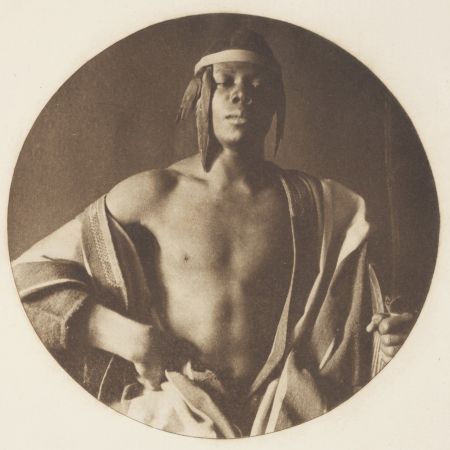Les Nus de Drtikol
Everything here, creation and impression, is uniquely photographic and that is essentially modern.
Czech photographer Frantisek Drtikol (1883–1961) redefined the genre of nude photography for the early twentieth century. Drtikol opened his Prague studio in 1907 and made a comfortable living taking portraits. While his professional portraiture was elegant and refined, his nude studies, by which he made his name, were daring and inventive, the epitome of avant-garde. Drtikol was among the first photographer to incorporate the elements of Art Deco into his work; he frequently contrasted the suppleness and flexibility of the female body against solid and unyielding geometric forms. Despite their differences, he emphasized the strength found in both forms—human and geometric. Drtikol showed a willingness to incorporate anything that might make his nude studies more powerful. In addition to the inclusion of Art Deco details, he used lighting techniques newly developed silent movies and integrated elements of modern expressive dance.
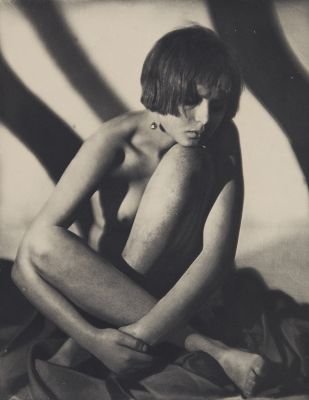
Frantisek Drtikol, Plate XIV,
Les Nus de Drtikol, 1929
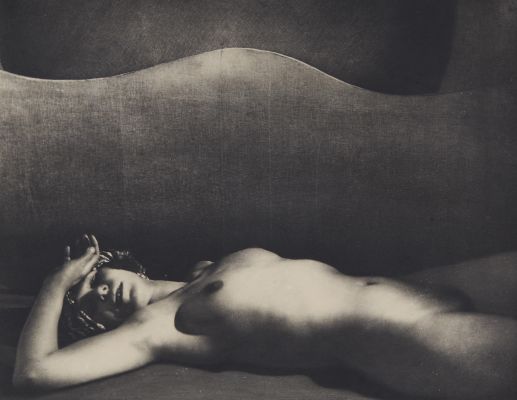
Frantisek Drtikol, Plate XXV,
Les Nus de Drtikol, 1929
Drtikol’s rare portfolio, Les Nus, features images in his emerging Modernist style—a style that not only anticipated but also influenced the Bauhaus. In the years between the wars, Drtikol quickly absorbed into his photography a myriad of new expressive movements, lighting his nudes with the dramatic style of silent film and the more austere geometric effects and dynamic poses of Futurism, Cubism and Bauhaus. Surveying his daring and expressive nudes of the 1920s and 1930s, this important publication charts Drtikol’s adventurous treatments of the nude as they evolved in conversation with modernist innovations.It wasn’t until a decade or so after his death in 1961 that art historians began to re-examine his work and his role in shaping modern photography.We are pleased to have a copy of ‘Les Nus de Drtikol’ in this collection.

